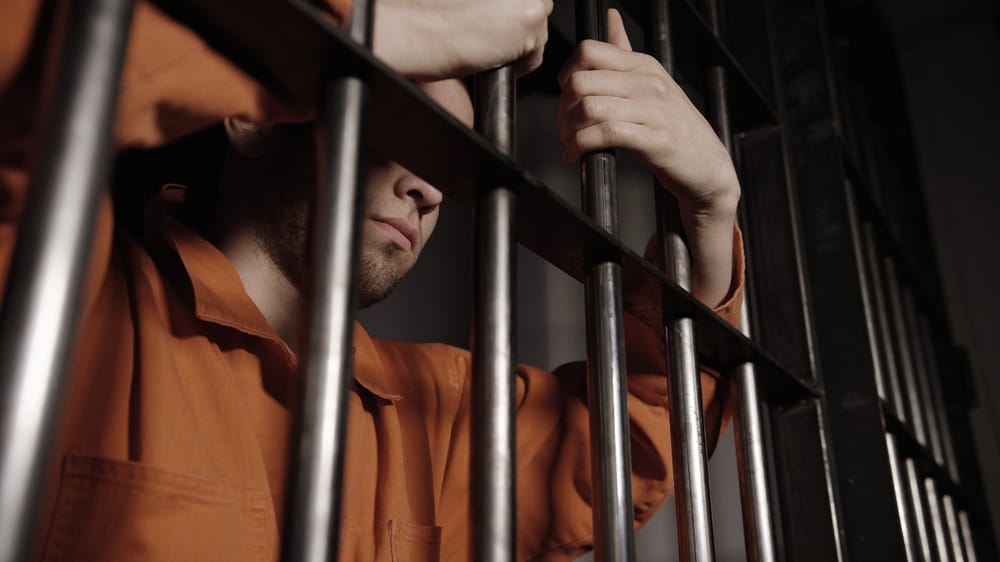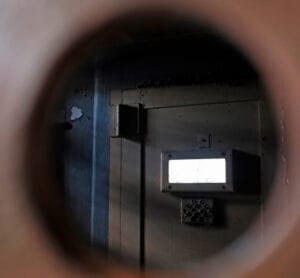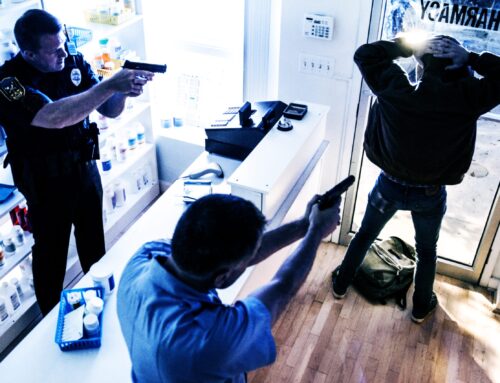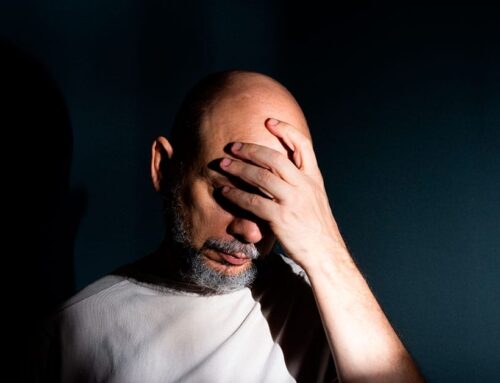What Are Prison Lockdowns and Why Are They Used?

It is uncommon for stories and events occurring inside prison walls to make breaking national news, but that’s exactly what happened in 2022 when a violent altercation at a federal prison in Texas led to a nationwide lockdown of all federal prisons. The incident both made the news and questioned the efficacy and ethics of prison lockdowns.
The 2022 Nationwide Prison Lockdown Story
In January 2022, federal prisons were placed on a nationwide lockdown following the deaths of two inmates and the critical injury of another two inmates at USP Beaumont, a federal prison in Texas. For almost an entire month, all 122 federal prisons housing some 150,000 inmates enforced a strict lockdown in which inmates were kept in solitary confinement in their cells for 22 to 24 hours per day. Though the incident that spurred the lockdown occurred in just one prison, the lockdown affected all prisoners in all federal penitentiaries across the nation.1
Supporters of the lockdown insisted that it was not just the Texas incident that precipitated the lockdown but that the lockdown was also a response to a string of incidents that had occurred in federal prisons in recent months, including a series of violent outbreaks exacerbated by widespread staffing shortages, severe employee misconduct, and a series of prison escapes.
According to the January 2022 lockdown reporting, the incident was unique because prison lockdowns rarely make the news. The only other federal prison lockdowns to receive broad public attention in recent years included one nationwide lockdown in April 2020 due to the COVID-19 outbreak, one that occurred in January 2021 after the Jan. 6th Insurrection at the U.S. Capitol, and another that occurred shortly before the inauguration of President Joe Biden later that month.
Shortly after the 2022 lockdown, longtime Federal Bureau of Prisons Director Michael Carvajal resigned amidst increased scrutiny over his leadership in the wake of uncovered corruption scandals, misconduct, staffing issues, inmate escapes, stabbings, and deaths.
But What Are Prison Lockdowns, Exactly?
Lockdowns are often the first tool the Federal Bureau of Prisons uses when serious problems arise at federal penitentiaries. And while the word “lockdown” seems self-explanatory enough, few people understand what occurs during a prison lockdown.

A prison lockdown means that everyone in a unit of a prison, or everyone in an entire prison, or everyone in all prisons managed by a certain entity (like a U.S. state or the federal government) is restricted to their cells for 22 to 24 hours per day. Lockdowns mean prisoners do not have access to educational services, recreation, rehabilitation programming, exercise, communication with family, and other services.
Lockdowns often involve a form of solitary confinement, as each inmate is confined to their cell for most of the day or the entire day. It’s worth mentioning that the United Nations Human Rights Office has identified prolonged solitary confinement as a form of torture.2
Reasons Prisons Implement Lockdowns
As mentioned earlier, the inner workings of federal prisons do not receive much attention from the media, so most people would be surprised to find that prison lockdowns are not only pervasive throughout the prison system but that lockdowns are often used as a catch-all tool to “solve” a variety of problems in prisons. According to one prisoner, the Bureau often relies on lockdowns to “handle” everything from inmate disputes (these incidents make the news) to staffing shortages or managerial problems within prisons (these incidents typically do not make the news).
While nationwide prison lockdowns of all federal prisons are relatively rare, studies of individual prisons reveal prison wardens have been locking down their prisons with increasing frequency. According to one report, the federal prison in Pollock, Louisiana experienced 16 lockdowns in one 12-month period. It seems prison officials are increasingly leaning on the lockdown button as a catch-all resource for solving issues and difficulties that may be systemic (like staffing shortages) or that could be prevented (like prisoner violence).3
The Effects of Lockdowns on Inmates
The District of Columbia does not have a prison, so residents of D.C. who become incarcerated are ultimately sent to one of the 122 federal prisons. To check on the prisoners and see how they were doing, the District of Columbia’s Corrections Information Council compiled a report of each federal prison in the U.S. where D.C. residents were housed. According to that report, the most common concern among inmates was the “…frequency of lockdowns and their impact on visitation, programming, and religious practice.” Further, inmates expressed concerns that lockdowns were being used unfairly and that “…many [lockdowns] were in response to fights between small numbers of people, as opposed to facility-wide incidents.”4
One D.C. resident incarcerated at a federal penitentiary in Coleman, Florida documented the excessive use of prison-wide lockdowns quite well. Quoting his op-ed in Politico, “Two men got into a fight over who got to use the five phones available for the 120 people in my unit, resulting in one losing his eye and another being flown out to a hospital. That’s how desperate we get to talk to our loved ones. The result: The entire prison was locked down for three weeks, making the anger and frustration that caused the fight in the first place even worse. (The prison administration knew one of the phones was broken, upending our usual order. If it had planned ahead by allowing more phone time, letting fewer people out of their cells at one time, or creating opportunities for us to engage in other activities like exercise outside or educational programs, the fight could have been avoided).”5
That personal anecdote speaks volumes about the negative effects of prison lockdowns. While lockdowns may occasionally be necessary to establish safety and security within a prison, the overuse of lockdowns and the increasingly long durations with which they’re being used leads to serious mental health concerns, frayed family ties, lack of access to educational programming, lack of progress in rehabilitation courses, and a host of other problems that raise tensions in prisons and push inmates away from reform, not towards it.
In simple terms, perpetual and repetitive prison lockdowns are counterproductive.
Effective Rehabilitation Is the Real Answer

Prison lockdowns are controversial at best, and according to some studies, they cause more harm than benefit when they are used too often and for too long. The increase in prison administration reliance on lockdowns is unfortunate because far more effective methods of reducing violence in prison already exist. Proven, tested, and real inmate rehabilitation programs are known to reduce inmate violence and curb recidivism following inmate release.
Rather than turning to excessive use of prison lockdowns as a cudgel against inmates, federal penitentiaries should lean into implementing rehabilitation modalities and educational programs that reduce the likelihood of violent outbreaks. Doing so benefits all concerned, including inmates, their families, prison staff, and society as a whole.
Sources:
- AP. “US federal prisons on lockdown after 2 Texas inmates killed.” Associated Press, 2022. apnews.com
- UNHR. “United States: Prolonged solitary confinement amounts to psychological torture, says UN expert.” United Nations Human Rights Office of the High Commissioner, 2020. ohchr.org
- CIC. “USP Pollock Inspection Report.” District of Columbia Corrections Information Council, 2019. cic.dc.gov
- CIC. “USP Atwater Inspection Report.” District of Columbia Corrections Information Council, 2019. cic.dc.gov
- Politico. “Frequent Prison Lockdowns Backfire. I Know From Experience.” Politico, 2022. politico.com




